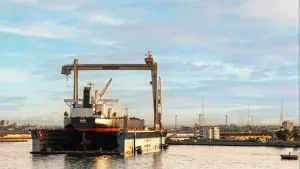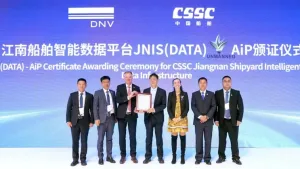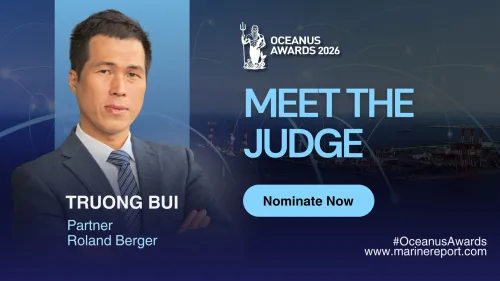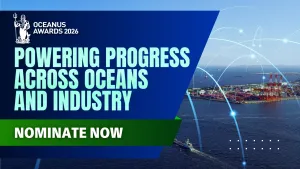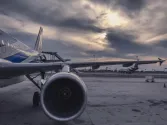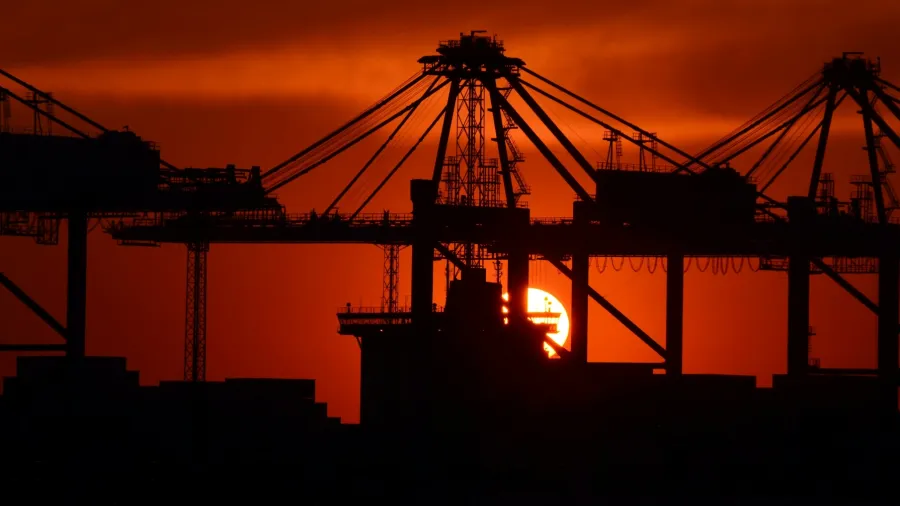
APAC set to become world’s largest carbon shipping market
The region will likely need 80 specialist vessels for carbon sequestration by 2055.
The Asia Pacific region is expected to become the world’s largest carbon dioxide (CO2) shipping market, according to a new carbon capture, utilisation and storage (CCUS) report from global energy consultancy Xodus and Subsea7.
In “Forecasting the APAC CCUS Infrastructure finds that by 2055,” the companies said APAC may need over 90 storage sites, around 8,000 kilometres (km) of pipelines, and almost 80 specialist vessels to deliver its CO2 sequestration needs.
Japan and South Korea are projected to lead demand for CCUS, with the requirement for storage possibly necessitating “an offshore industry similar in scale to the gas infrastructure currently operational in north west Australia.”
The report also finds that CCUS projects linked to LNG assets could reduce costs by 10% to 15%, the equivalent of shortening shipping distances by over 3,000 km.
“Whilst APAC currently trails areas like the North Sea in terms of deploying commercial-scale CCUS to serve industrial emitters, its large emissions footprint and operational experience in CO2 re-injection positions it to become a global hub for CCUS development in the decades ahead,” said Xodus Vice President APAC Simon Allison.
The region is expected to initially depend on international emitters and long-distance shipping, with local emitters providing a small portion of the demand. Offshore transport and storage costs will initially be high due to long distances, but will later on fall as local facilities near demand centres are developed.
“Our research outlines the projected development of offshore CCUS infrastructure across ten APAC countries between 2035 and 2055, highlighting the region’s unique challenges and opportunities,” said Olivier Mette, global advisory director at Xodus.
“International collaboration, shipping infrastructure and regulatory alignment will be critical to unlocking APAC’s potential to become a world leader in cost-effective, large-scale CCUS deployment,” Mette added.
Xodus expects almost 80 vessels for interregional shipping will be needed in 2055, the equivalent of 20% of Asia’s current LNG fleet. When using tonnage as a comparison, the study finds that building six CO2 carriers per year over 15 years is eminently achievable.

